Cable for the Internet: varieties, device + what to look for when buying wire for the Internet
Both for connecting a computer and creating a network, you need a cable for the Internet. Although it is a passive component, it is no less important than other elements.
To improperly selected conductor does not disable the equipment, you need to familiarize yourself with the types of cables, their features and purpose. We will talk about all this in detail in our article. We also provide a list of characteristics that should first be looked at when choosing the right cable.
The content of the article:
The main types of cables for the Internet
In order to increase the data transfer rate in local networks, the requirements of standards for transmission cables are becoming more complicated all the time. Internet cables differ from each other in different characteristics.
Consider the main types of these products:
- twisted pair;
- fiber optic;
- coaxial.
In addition to the cable category, important points are: the type of core, the method of shielding.
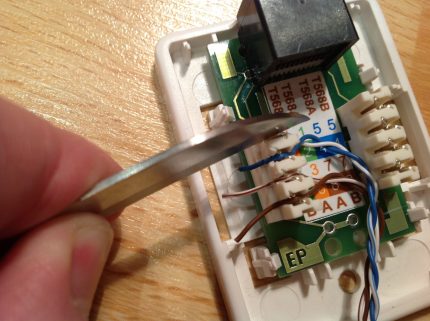
View # 1 - Twisted Pair
To be able to obtain the necessary information about the twisted pair cable after reading the designation, an international cable classification was invented.
The classification is based on the formula: AA / BCC. Here is the first pair of characters "AA"Indicates the presence of a common screen.
Symbol "AT»Informs about the presence of individual protection for each pair. The last two characters will tell you about the form of twisting. If this "TR”, The conductors are twisted in pairs. When "Tq"- there is a twist with fours.
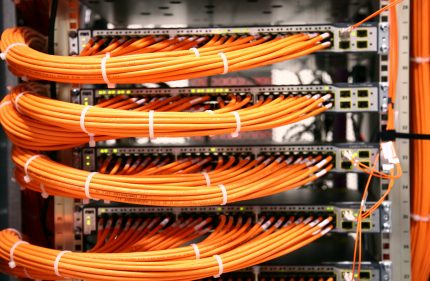
The presence of protection is a special feature of twisted pair.
You can learn a lot of information by reading the markings:
- Unprotected couple. This is a cable without a shield. Conductors are placed in ordinary plastic. Label such a pair with the abbreviation U / UTP.
- Foil couple. The cable has one screen for all pairs. Marking - F / utp.
- Unprotected couples. A single screen, which is a braid. Label the cable with a combination of characters S / UTP.
- Foil protection for couples. Plus, there is a common copper screen. Marking - S / FTP.
- A foil screen protects the vapors. There is no common screen. Designation - U / FTP.
- Common foil screen plus braid. Couples without a screen. Marking - SF / UTP.
- Foil screen for both pairs and as a general protection. Designation F / ftp.
- Foil screen for couples. As a common screen - foil and braid. Recognized by labeling SF / FTP.
This list shows the designation for the international classification of twisted pair. Our common designations are slightly different.
This type of wire for the Internet, such as twisted pair, can be combined into a single network devices that are no more than 100 meters away from each other.
If you plan to use this type of cable, we recommend that you familiarize yourself with the best connection methods twisted pair with each other.
View # 2 - fiber optic network cable
Today, a faster technology for transmitting information on the Internet than optical fiber does not exist.
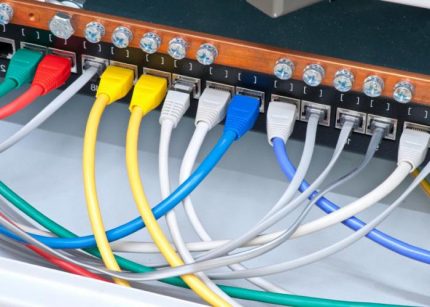
Through fiber-optic cables stretched across the ocean floor, high-speed Internet connects not only cities but also continents.
The benefits of optical cable include:
- good bandwidth;
- durability;
- speed of detection of unauthorized access, which increases network security;
- noise reduction, a sufficient degree of protection against interference;
- significant speed of information transfer;
- the possibility of implementing additional options.
Fiber optic cables are single-mode and multi-mode. They differ from each other by the modes of advancement of light rays in the cable.
Despite the low cost and all other advantages of this type of cable, there are two factors limiting their application - equipment and adapters for fiber optic networks are very expensive.
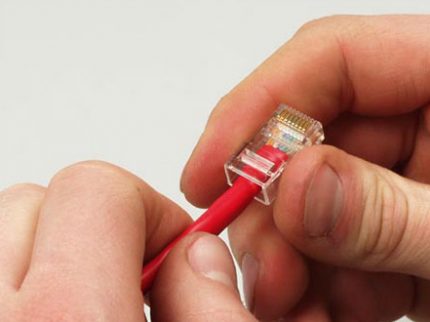
Cable termination is performed using expensive equipment. Installation and repair of the network is not easy, only highly qualified specialists can perform the work. For this reason, fiber optic cable is used in large networks.
View # 3 - Coaxial Wire
The main characteristic is wave impedance. The quality of the cable and the transmitted signal depends on it. The material and its dielectric constant, as well as inductance, capacitance, and resistivity, affect these quantities. Signal strength depends on transmission distance.
There are two types of cables of this kind: thin and thick. The diameter of the first is not more than 0.5 cm. Its specific features are increased flexibility and fast attenuation of the signal, therefore, the signal is transmitted with its help to small distances at a speed of up to 10 Mbit / s.
Thin cable is categorized RG-58 / U. Its impedance is 50 ohms.
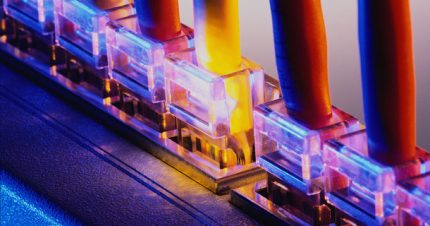
The cross section of a thick coaxial cable is 1 cm. Since it has increased rigidity, installation is carried out using expensive special devices.
A thick cable itself is also twice as expensive as a thin one. It belongs to the category RG-11 or Rg-8. In the first of the models, the resistance is 75 Ohms, in the second - 50 Ohms.
The ability of a conductor to accumulate charge characterizes the inductance and linear capacitance. Brief specifications are contained in the marking.
So, in the notation KMG the first letter denotes TO - coaxial, second - M - trunk, G - laid in the sewer. KMK - there is armor for the possibility of underwater laying.
There was a time when this type of cable was found in many areas. Some of its characteristics are even higher than those of twisted pair. Now coaxial cable is still used for routing under analog video surveillance systems, while twisted pair cable is for connecting IP video surveillance systems.
Nevertheless, over time, the latter began to displace the coaxial cable. Users appreciated its simpler and faster installation, as well as lower cost.
Network cable device
The device of each type of cable is different. The simplest design is for a coaxial conductor, the most advanced is for a fiber.
Coaxial Cable Structure
Even at the dawn of networking, they used exclusively coaxial cable. Its structure includes a central conductor.
Around it is a thick layer of insulation, followed by a braid - aluminum or copper, and finally - an insulating sheath.
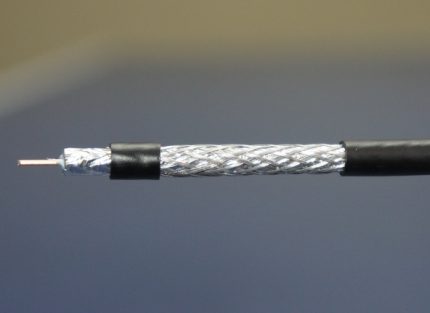
Twisted pair device
The most common wire for the Internet is twisted pair. This cable allows you to connect all computers through one channel, and at the same time other necessary devices. It makes it possible to provide certain users with the use of information from all computers.
Most often they buy the right piece of this wire, crimped on all sides by connectors. Less commonly, they take a simple piece of twisted pair, and crimp perform already after installation, using the correct pinout diagram.
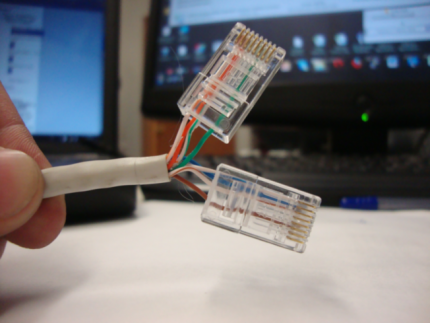
The screening layer can be located in only two places - on top of a separate pair and then it is called individual and on top of all pairs, then it is called common.
Features of the structure of the optical cable
This modern cable has a special structural structure. It is formed by the finest wiring, and a special coating separates them from each other.
These wiring are conductors of optical beams that carry information when passing through the silicon cores that are available for each fiber. In addition to the core, the fiber has an optical sheath, protection, buffer coating.
Components of a fiber optic cable are elements such as a central core, the sheath that surrounds it.
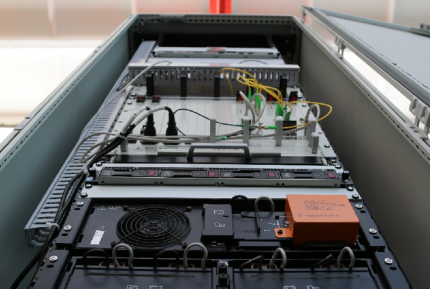
Like the core, the “shirt” consists of glass, but such a parameter as the refraction of light is less. Light rays, reflected from the glass, diverge along the core, but do not go beyond it.
Cable Selection Criteria
Such a cable has a lot of characteristics, but only a few of them are important for selection. These include: category of conductor, type of core, shielding method. Let us consider each of them in detail.
Criterion # 1 - Internet cable category
There are seven categories of twisted-pair cable — from Cat. 1 to Cat. 7.
Cords of different categories differ in the efficiency of the transmitted signal:
- First category Cat.1 Has a bandwidth of only 0.1 MHz. Use such a conductor to transmit voice data using a modem.
- Category Cat.2 bandwidth - 1 MHz. The data transfer rate here is limited to 4 Mbps, so such a conductor is considered obsolete and almost never used.
- For category Cat.3 frequency band - 16 MHz. Data transfer speed - up to 100 Mbit / s. Used to create local and telephone networks.
- Cat. 4 - cable with a maximum bandwidth of 20 MHz. Data transfer rate - no more than 16 Mbps.
- Cat.5 It has a maximum bandwidth of 100 MHz and a maximum data rate of 100 Mbps. Scopes of application - creation of telephone lines and local networks.
- Cat.5e has a bandwidth of 125 MHz. Speed - up to 100 Mbit / s and 1000 Mbit / s (for a four-pair wire). This cable is the most popular when building computer networks.
- For Cat.6 acceptable frequency band is 250 MHz. Transmission speed - 1 Gbit / s at a distance of up to 50 m.
- At Cat.6a bandwidth - 500 MHz. Speed - up to 10 Gbit / s in the range up to 100 m.
- Cat.7 It has a bandwidth of 600-700 MHz. The speed of this wire for the Internet is up to 10 Gb / s.
- Cat.7a. The passband is up to 1200 MHz. Speed - 40 Gbit / s over a length of 15 m.
The higher the category of cable, the more pairs of conductors it contains. Moreover, in each pair per unit length there are more pairs of turns.
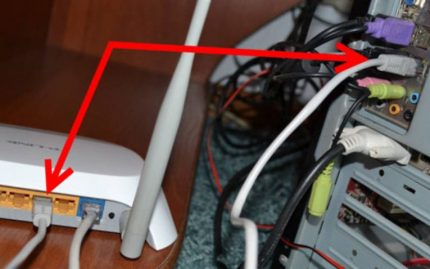
Criterion # 2 - type of cable core
Cable cores are divided into copper and copper. The first type is considered better.
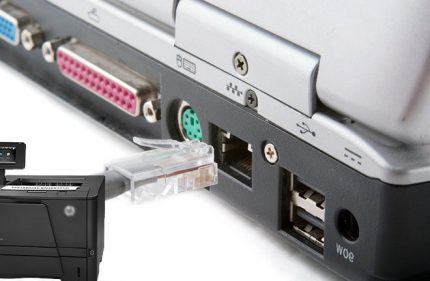
They use a cable with such a core for an extensive and fast network - more than 50 m. The second type is somewhat cheaper, and the losses in it are not so big.
Its core is an inexpensive cable with low conductivity. It is coated with copper with high conductivity. Since current flows along the copper side of the conductor, conductivity suffers only slightly.
When purchasing a copper-plated cable, you have to make a choice between its two types - CCS and CCA. The difference between them is in the core. For CCS, it is a steel conductor; for CCA, it is aluminum. The second is not much different from copper.
Installation of a steel conductor can be difficult because steel, as a not very flexible material, is prone to breaks.
At a limited distance, the discrepancy between the copper and copper-plated cable is not noticeable. If the distance is more than 100 m, the cable with an aluminum core will simply not transmit a signal.
The reason for poor switching is the greater aluminum resistance than copper. As a result, the output current has insufficient power and the components of the network do not "see" each other.
Criterion # 3 - screen for cable
A shield is needed to protect the conductor from the electromagnetic noise of other cables. It should also compensate for the radiation of the electromagnetic field of the twisted pairs themselves.
If there are power cables nearby up to 380 V with a core section of less than 4 squares, one screen is required. In this case, the cable is the best option. FTP.
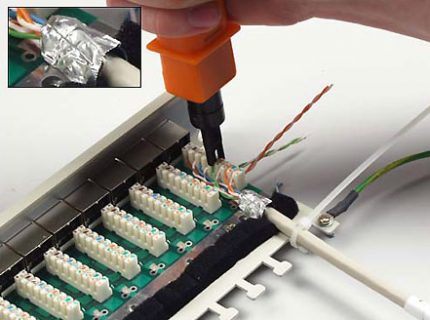
When a proximity to a conductor of 380 V with a cross section of up to 8 squares is assumed, a double screen is required. A good option - F2tp.
The proximity of high-voltage cables from 1000 V to a core of 8 squares suggests laying both power and network cables in individual corrugations. Screen Option - SF / UTP.
In everyday life, such cables are not used. Unshielded cable belonging to the category is most often used here. 5th type of UTP.
Conclusions and useful video on the topic
About choosing a cable for the Internet:
Video about network cable labeling features:
Using a cable for the Internet, you should be guided by the instructions for its installation.The presence of a large number of various conductors allows you to choose a model for specific conditions.
Having studied the properties of all types and knowing how to decipher the marking, you can make the choice as correctly as possible.
Would you like to supplement the above material with comments and useful selection tips? Or noticed inaccuracies / inconsistencies in the information? Write your opinion and recommendations under our article.
Or maybe you just pick the right cable and want to clarify a number of nuances? Ask your questions to our experts and other site visitors in the comments section.

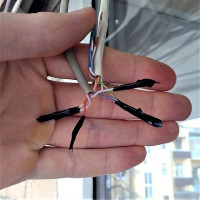 How to connect a twisted pair cable to each other: methods + instructions for building up a twisted wire
How to connect a twisted pair cable to each other: methods + instructions for building up a twisted wire 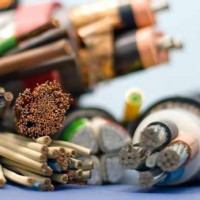 Wire cross section for home wiring: how to correctly calculate
Wire cross section for home wiring: how to correctly calculate 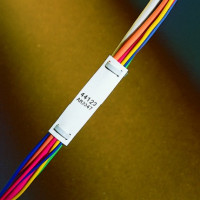 What cable to use for wiring in the apartment: a review of the wires and choosing the best option
What cable to use for wiring in the apartment: a review of the wires and choosing the best option 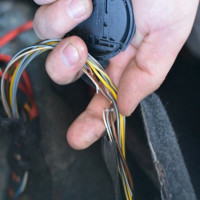 How to find a wire break in a wall: an overview of ways to detect and repair a break
How to find a wire break in a wall: an overview of ways to detect and repair a break 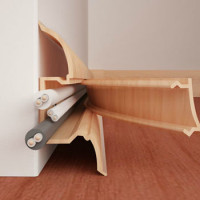 Cable channel for electrical wiring: types of structures and their classification
Cable channel for electrical wiring: types of structures and their classification 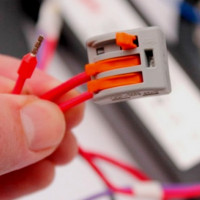 Wire connectors: the best types of connectors + what to look at when choosing a connector
Wire connectors: the best types of connectors + what to look at when choosing a connector  How much does it cost to connect gas to a private house: the price of organizing gas supply
How much does it cost to connect gas to a private house: the price of organizing gas supply  The best washing machines with dryer: model rating and customer tips
The best washing machines with dryer: model rating and customer tips  What is the color temperature of light and the nuances of choosing the temperature of the lamps to suit your needs
What is the color temperature of light and the nuances of choosing the temperature of the lamps to suit your needs  Replacement of a geyser in an apartment: replacement paperwork + basic norms and requirements
Replacement of a geyser in an apartment: replacement paperwork + basic norms and requirements
All the time I wanted to gather such information, but somehow my hands did not reach. All damaged Internet cables were simply exchanged for new ones. Now it is probably easier to completely get rid of this ball of wires and make all communications wireless. A little scary is the prospect of living under the influence of various kinds of radiation, but they (radiation) at least do not irritate visually.
It is necessary to route the cable from the router to the SmartTV set-top box. What wire is needed for this? It is long approximately 2.5 meters.